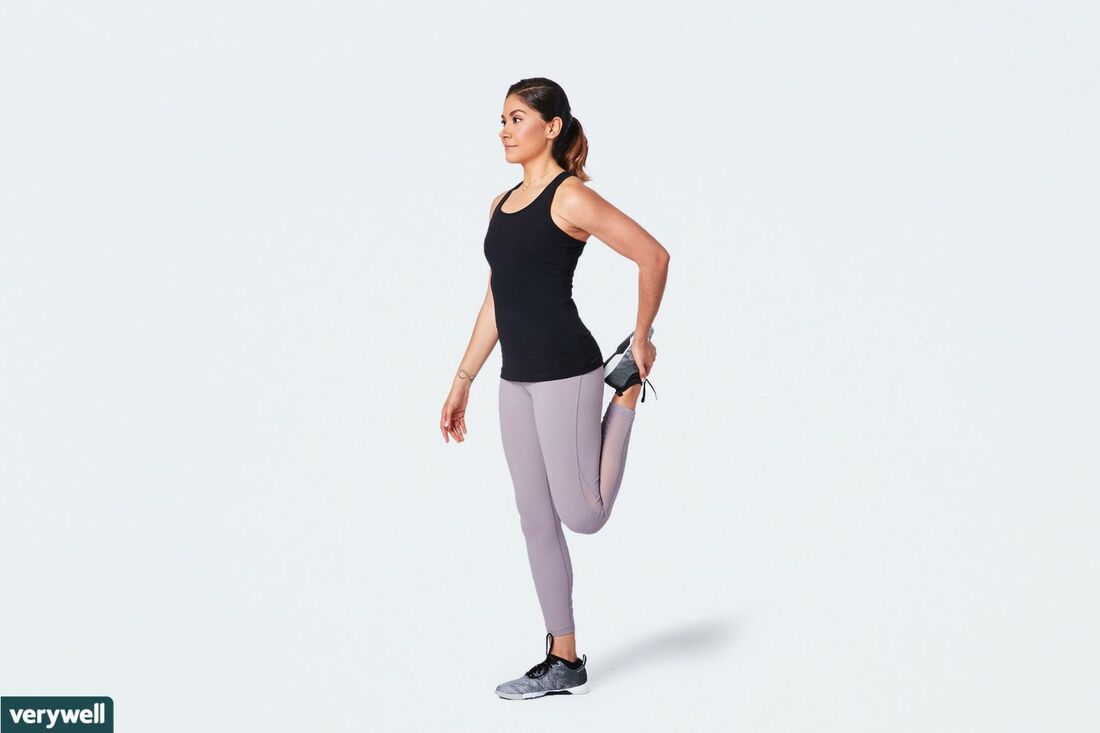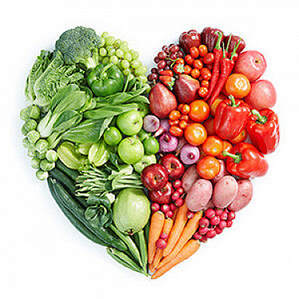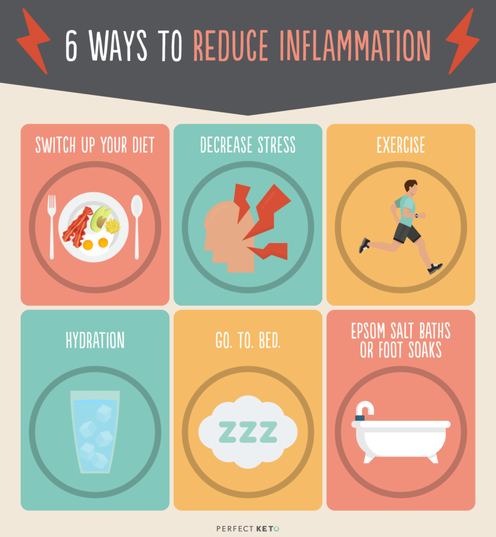 The Fourth of July is right around the corner! When I think of July 4th, I think of fun, family, friends, food, festivities and fireworks. However, the truth is more than 91,000 Americans sustain serious injuries between July 4-5, the highest two-day total for hospitalizations throughout the year. It should come as no surprise that fireworks are the top cause of injuries. More than half of all the fireworks-related injuries sustained by Americans each year occur during the first week of July. Hands and fingers (30%) are the body part most frequently injured by fireworks, as fuses burn faster than advertised, shortening the time for people to move. Injuries sustained from fireworks can include dislocations, broken bones, loss of sight and hearing, disfiguration, amputations, and even death. If you are setting off bottle rockets, rockets, sparklers or any other type of fireworks, always exercise extreme caution. To protect your hands, read and follow all instructions, don’t trust the wick, and stand 500 feet away from the launch site. Aside from fireworks, Independence Day offers ample opportunity for preventable injuries. July’s high temperatures combine with family time, games, swimming, boating, and parades to create a perfect storm for Americans. That is why we compiled some of our top injury prevention tips for you: Good Hydration is Key!Believe it or not, by the time you feel thirsty, the concentration of your blood has already increased by 2%. Proper hydration is essential for a broad range of functions, including increasing brain and digestive function, regulating body temperature and lubricating joints. Heat illness is the enemy of fun, causing fatigue, dizziness and muscle cramps. Without even checking the forecast, it’s safe to assume that Independence Day will be hot near you. In the heat, you’ll expel more fluid through sweat, so it’s more important than ever to fuel up on water. According to the U.S. Institute of Medicine, adults can produce as much as three or four liters of sweat per hour in extreme conditions, so keep the bottle handy and limit alcohol consumption. Backyard Activities Are Fun...But Stretch First!
Don't Be Afraid To Ask For Some Help LiftingWhether you’re transporting a cooler full of chilled drinks, cornhole boards or lawn furniture, don’t lift alone. Grab a family member or friend to help you lift heavy objects, and avoid shoulder injuries, back pain and lumbar injuries. To prevent injuries, always bend at your knees instead of the waist, and lift with your glutes and quads instead of your back and groin. Be Mindful Of Your Posture While preparing food by the grill, sink or counter, stand up to your full height and straighten your back. Keep your knees slightly bent to prevent ankle pain and avoid the risk of fainting. Position your feet shoulder-width apart and distribute your weight more towards your toes, instead of your heels. If you’re sitting to eat, watch fireworks or enjoy a parade, place your feet flat on the ground or a footrest to keep them from dangling unsupported. Always keep your knees at hip-level or below and your ankles out in front of your knees. Avoid crossing your legs, relax your shoulders and ensure that your seat supports your middle and lower back. Our entire team at Crystal Lake Physical Therapy wishes you a safe, happy and healthy 4th of July!!! But if you find yourself sprained or strained on July 5th, don't hesitate to call us to set up a free injury screening or an evaluation! Click here to Schedule
0 Comments
Contributing Author: Holly Schwarz, PT, DPT Summer weather can actually be very helpful in relieving inflammation that contributes to aches and pains! Believe it or not, your summer diet can really help manage inflammation as well! Summer Fruits and Vegetables to Relieve Inflammation
Apricots -Rich in plant-based chemical beta-cryptoxanthin, studies of shown help prevent osteoarthritis as well as inflammatory forms of arthritis. -High in magnesium which strengthen bones and ease pain. Carrots -Beta-carotene lowers uric acid which could help with gout symptoms. -Rich in Vitamin C Watermelon -Contains Vitamin A which helps with bone health. -Beta-cryptoxanthin which may reduce inflammation. -Rich in Potassium and Magnesium which help with elevating bone density. Summer Squash - Antioxidants – Carotenoids, flavonoids, and Vitamin C which help fight free-radical damage and reduce inflammation, slowing cartilage deterioration and reducing joint pain. Cherries -Anthocyanins in cherries help relieve osteoarthritic pain and control gout flares in some people with tart cherries. -Sweet cherries also contain anthocyanins which could help reduce C-reactive proteins, a marker for inflammation in RA and other inflammatory diseases. Tomatoes -Packed with antioxidants, including Vitamin C, Lycopene and Quercetin. -Rich in Vitamin C and A which help lower cardiovascular risk. Additional Ways To Reduce Inflammation1. Eat foods that reduce inflammation as stated above.
2. Lessen sugar intake – sugar can directly cause inflammation. 3. Engage in stress-relieving exercise – mediation, yoga, mindfulness, and light exercise is important with lowering body’s inflammation. You can even go for light walks to help remove inflammation within the body. 4. Add adaptogens to your diet – like ashwagandha or ginseng which are known to stabilize you which help decrease the impact stress has on your body. 5. Sleep more – CDC reports that we do not sleep enough. Lack of sleep reduces the bodies ability to fight infection. 6. Drink adequate amounts of water and stay hydrated. |
AuthorEmily Craigen, owner of Crystal Lake Physical Therapy, is a Doctor of Physical Therapy and a local Crystal Lake resident who is excited to bring health and wellness to her community. Archives
August 2023
Categories |
- Home
- About Us
-
What We Treat
- Arthritis
- Balance and Gait Disorders
- Back Pain and Sciatica
- Chronic Pain
- Elbow, Wrist and Hand Pain
- Fibromyalgia
- Hip and Knee Pain
- Incontinence
- Motor Vehicle Accident Injuries
- Multiple Sclerosis
- Neck Pain
- Pelvic Pain
- Pre-Surgical Rehab
- Post Surgical Rehab
- Shoulder Pain
- Sports Injuries
- TMJ Dysfunction
- Vestibular Rehab
- Work Injuries
- Myofascial Release
- MPS/Dolphin Neuro Stim
- Become A Patient
- Contact Us
- Blog
- Workshops
- Patient Resources




 RSS Feed
RSS Feed